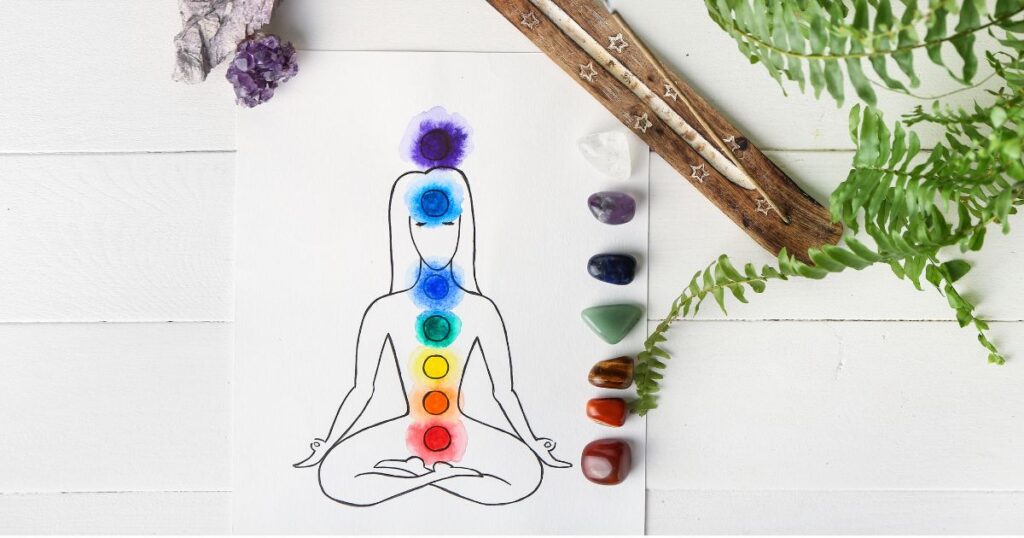Through daily meditation practices, achieving a state of tranquility and balance is possible. Meditation is a powerful tool that helps calm the mind, reduce stress, and connect with your inner self. This article will guide you through various daily meditation practices designed to bring you inner peace.
The Importance of Daily Meditation
Before diving into specific practices, it’s essential to understand the benefits of daily meditation. Here are some key advantages:
- Reduces Stress: Meditation helps lower cortisol levels, the stress hormone, promoting a sense of calm.
- Enhances Focus: Regular practice improves concentration and mental clarity.
- Boosts Emotional Health: Meditation increases self-awareness and emotional well-being.
- Promotes Better Sleep: By calming the mind, meditation can improve sleep quality.
- Supports Overall Well-being: Meditation has been shown to improve physical health, including reducing blood pressure and enhancing the immune system.
Setting Up Your Meditation Space
Creating a dedicated meditation space can enhance your practice. Here are some tips for setting up your space:
- Choose a Quiet Area: Find a place where you won’t be disturbed.
- Comfortable Seating: Use a cushion, chair, or mat to sit comfortably.
- Minimal Distractions: Keep your space clutter-free to maintain focus.
- Personal Touches: Add elements like candles, incense, or a small altar with items that inspire you.
Daily Meditation Practices

1. Mindfulness Meditation
Mindfulness meditation is about being present in the moment. It involves paying attention to your thoughts, feelings, and sensations without judgment.
How to Practice:
- Sit comfortably with your back straight.
- Close your eyes and take a few deep breaths.
- Focus on your breath, observing the sensation of air entering and leaving your nostrils.
- When your mind wanders, gently bring your focus back to your breath.
- Practice for 10-20 minutes daily.
Benefits:
- Increases self-awareness
- Reduces stress and anxiety
- Enhances emotional regulation

2. Loving-Kindness Meditation (Metta)
Loving-kindness meditation focuses on developing feelings of compassion and love towards yourself and others.
How to Practice:
- Sit comfortably and close your eyes.
- Take a few deep breaths to relax.
- Repeat the following phrases silently: “May I be happy. May I be healthy. May I be safe. May I live with ease.”
- After a few minutes, extend these wishes to others: “May you be happy. May you be healthy. May you be safe. May you live with ease.”
- Gradually include friends, family, and even those with whom you have conflicts.
- Practice for 10-15 minutes daily.
Benefits:
- Increases empathy and compassion
- Enhances emotional resilience
- Reduces feelings of anger and resentment

3. Body Scan Meditation
Body scan meditation involves paying attention to different parts of your body, promoting relaxation and awareness.
How to Practice:
- Lie down or sit comfortably.
- Close your eyes and take a few deep breaths.
- Starting from your toes, focus on each part of your body, moving upwards to your head.
- Notice any sensations, tension, or discomfort in each area without judgment.
- Take your time with each body part, promoting relaxation.
- Practice for 20-30 minutes daily.
Benefits:
- Increases body awareness
- Reduces tension and stress
- Promotes relaxation and better sleep

4. Guided Visualization
Guided visualization involves using mental imagery to achieve a state of relaxation and inner peace.
How to Practice:
- Find a comfortable position and close your eyes.
- Take a few deep breaths to relax.
- Visualize a peaceful scene, such as a beach, forest, or meadow.
- Engage all your senses in the visualization—hear the sounds, feel the textures, and smell the scents.
- Allow yourself to immerse in the scene, feeling a sense of peace and calm.
- Practice for 10-20 minutes daily.
Benefits:
- Enhances relaxation and reduces stress
- Improves focus and creativity
- Promotes a positive mindset

5. Breath Awareness Meditation
Breath awareness meditation is a simple yet powerful practice that involves focusing on your breath.
How to Practice:
- Sit comfortably with your back straight and eyes closed.
- Take a few deep breaths to settle in.
- Focus your attention on your breath, noticing the sensation of air moving in and out of your nostrils.
- When your mind wanders, gently bring your focus back to your breath.
- Practice for 10-20 minutes daily.
Benefits:
- Calms the mind and reduces stress
- Improves concentration and mindfulness
- Enhances emotional stability

6. Mantra Meditation
Mantra meditation involves repeating a word or phrase to aid concentration and focus.
How to Practice:
- Sit comfortably and close your eyes.
- Choose a mantra (a word or phrase) that resonates with you, such as “Om,” “Peace,” or “I am calm.”
- Repeat the mantra silently or aloud, synchronizing it with your breath.
- When your mind wanders, gently bring your focus back to the mantra.
- Practice for 10-20 minutes daily.
Benefits:
- Improves focus and concentration
- Reduces stress and anxiety
- Promotes a sense of inner peace

7. Walking Meditation
Walking meditation combines physical movement with mindfulness, promoting a sense of balance and peace.
How to Practice:
- Find a quiet place where you can walk undisturbed.
- Stand still for a few moments, taking deep breaths and centering yourself.
- Begin walking slowly, paying attention to each step.
- Notice the sensation of your feet touching the ground and the movement of your body.
- Focus on your breath and the present moment.
- Practice for 10-30 minutes daily.
Benefits:
- Combines physical activity with mindfulness
- Reduces stress and promotes relaxation
- Improves focus and grounding

8. Zen Meditation (Zazen)
Zen meditation, or Zazen, is a traditional practice focusing on breath and posture to achieve a state of calm and clarity.
How to Practice:
- Sit on a cushion or chair with your back straight.
- Rest your hands in your lap, with palms facing upward.
- Close your eyes and take a few deep breaths.
- Focus on your breath, counting each inhale and exhale up to ten, then start over.
- When your mind wanders, gently bring your focus back to your breath.
- Practice for 20-30 minutes daily.
Benefits:
- Promotes mental clarity and focus
- Reduces stress and anxiety
- Enhances emotional stability

9. Chakra Meditation
Chakra meditation focuses on balancing the body’s energy centers, promoting overall well-being.
How to Practice:
- Sit comfortably and close your eyes.
- Take a few deep breaths to relax.
- Visualize each of the seven chakras, starting from the base of your spine to the top of your head.
- Focus on the color and energy of each chakra, imagining it spinning and glowing brightly.
- Spend a few minutes on each chakra, promoting balance and harmony.
- Practice for 20-30 minutes daily.
Benefits:
- Balances the body’s energy centers
- Promotes physical, emotional, and spiritual well-being
- Enhances self-awareness and inner peace

10. Sound Meditation
Sound meditation uses sound waves from instruments like singing bowls, gongs, or chimes to promote relaxation and inner peace.
How to Practice:
- Find a quiet space and sit comfortably.
- Use a singing bowl, gong, or chimes to create sound.
- Close your eyes and focus on the sound waves, allowing them to wash over you.
- Notice the vibrations and how they affect your body and mind.
- Practice for 10-20 minutes daily.
Benefits:
- Promotes deep relaxation and reduces stress
- Enhances focus and mindfulness
- Balances the body’s energy and promotes healing
Tips for a Successful Meditation Practice
- Consistency is Key: Practice meditation at the same time each day to establish a routine.
- Start Small: Begin with shorter sessions and gradually increase the duration as you become more comfortable.
- Be Patient: Meditation is a skill that takes time to develop. Be patient with yourself and avoid self-criticism.
- Create a Ritual: Incorporate rituals such as lighting a candle, burning incense, or playing soft music to signal the start of your meditation.
- Stay Comfortable: Ensure you are comfortable to avoid physical distractions. Adjust your posture as needed.
Conclusion
Daily meditation practices offer a path to inner peace and well-being. By incorporating mindfulness, loving-kindness, body scan, guided visualization, breath awareness, mantra, walking, Zen, chakra, and sound meditation into your daily routine, you can experience profound physical, emotional, and spiritual benefits. Remember, the key to successful meditation is consistency and patience. Start your practice today and embark on a journey towards inner peace and tranquility.



